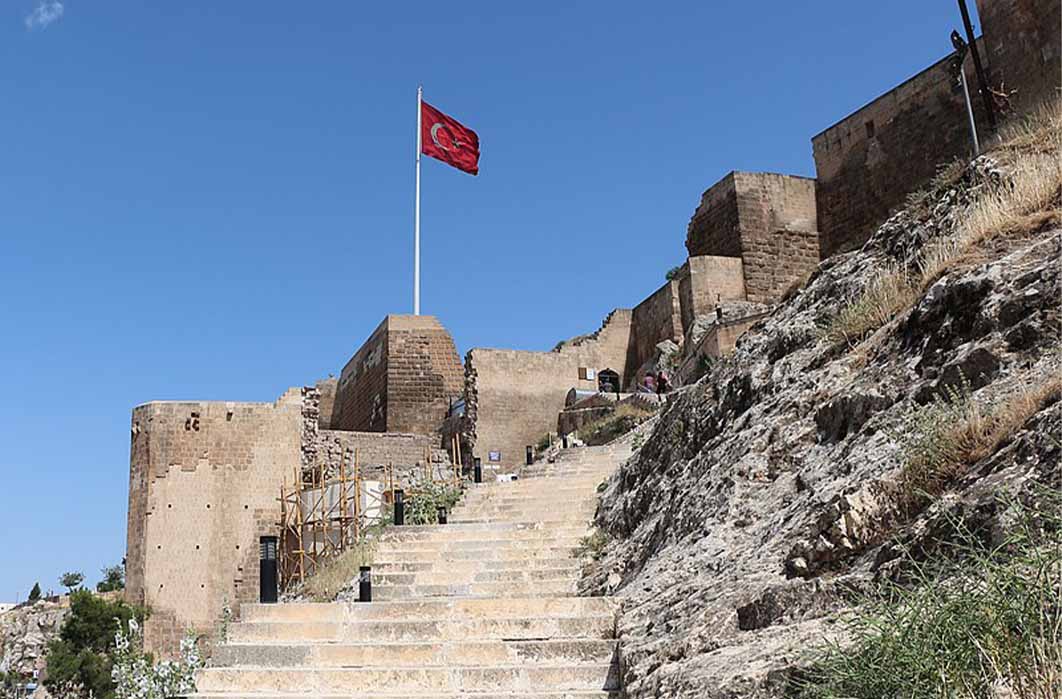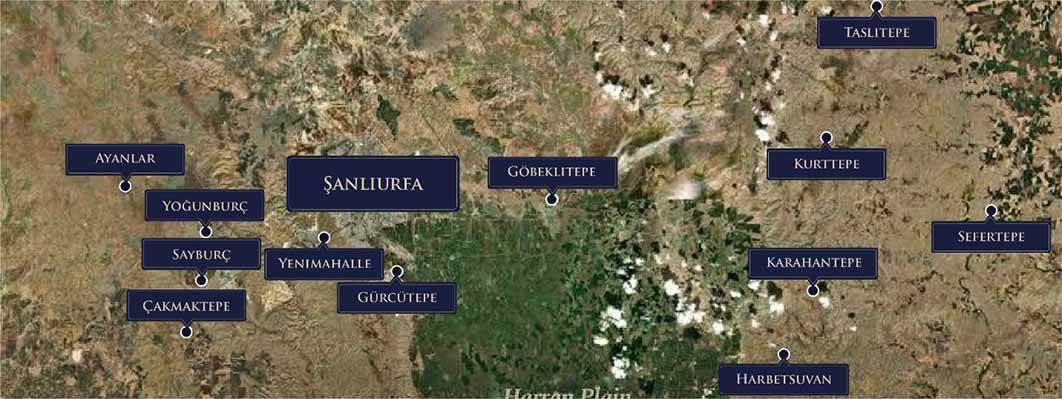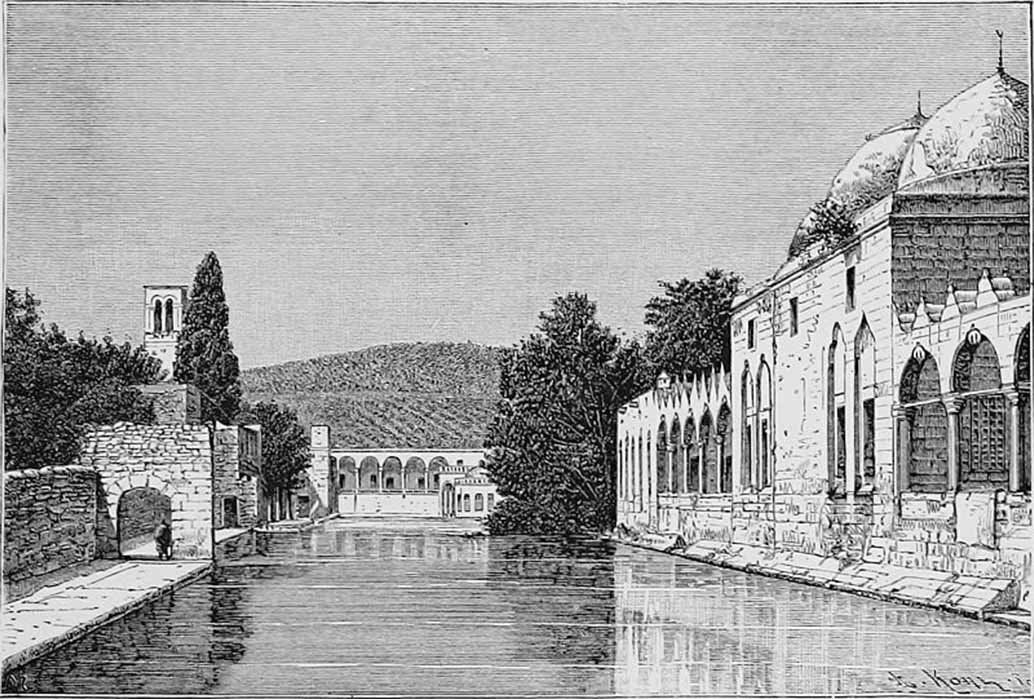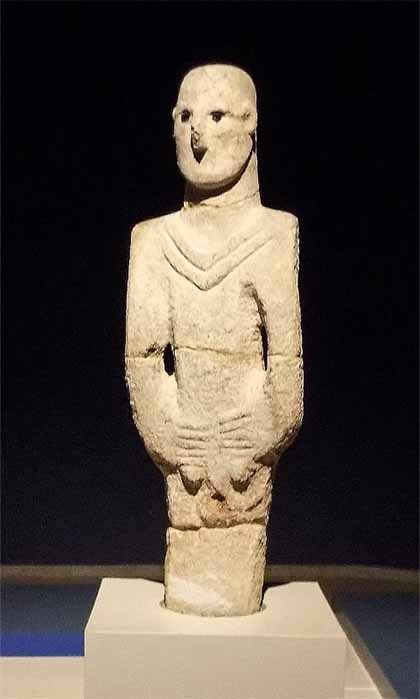
From Urfa To Edessa To Şanlıurfa: Spanning 10,000 Years Of History
During the Hellenistic Period from 312 BC to 63 BC, the Seleucid Empire was a major superpower and at its apex encompassed Anatolia, Persia, the Levant, (now modern Turkey, Iraq, Kuwait, Afghanistan, and parts of Turkmenistan) yet one would struggle to find the city of Edessa, founded by Seleucus I Nicator, one of the Diadochi of Alexander the Great, on a modern map. Even when Edessa became the capital of the Abgarid dynasty or the capital of the Roman province of Osroene, or the coveted prize in a tug-of-war between the Byzantines and the Parthians and the capital of the Outremer County of Edessa during the Crusades, its location remains elusive on a modern map. Just to confuse matters further, during the rule of Antiochus IV Epiphanes (175–164 BC) the city was named Antiochia on the Callirhoe and during Byzantine rule it was at some stage named Justinopolis. Where is Edessa? It is hidden in modern Şanlıurfa, on a plain in south-eastern Turkey about 80 kilometers (49 miles) east of the Euphrates River.

Map of the Taş Tepeler circle of Neolithic sites under excavation. (Deriv)
Steeped in layers of history, about 10,000 years ago, the region was part of a network of the first Neolithic human settlements where the agricultural revolution took place. Surrounding Şanlıurfa, then Urfa, lies what is believed to be 12 stone circle sites, collectively called Taş Tepeler, (Stone Hills) in an area covering 200 kilometers (124 miles). The most famous of these is Gōbekli Tepe, and the rest are Karahan Tepe, Harbetsuvan, Gürcü Tepe, Kurttepesi, Taşlı Tepe, Sefer Tepe, Ayanlar, Yoğunburç, Sayburç, Çakmak Tepe and Yenimahalle.
Bronze Age Urfa
During the Uruk period (ca. 4000 to 3100 BC - from the protohistoric Chalcolithic to Early Bronze Age) regional settlements like Urfa and Harran expanded and developed into walled cities. At this time Urfa spanned 200 hectares. During the Bronze Age Urfa was an independent city state until its annexation into the Akkadian Empire, followed by the Neo-Sumerian Empire. After the fall of Ur it was again independent for a time until it fell to the Old Assyrian Empire and was abandoned in the Amorite expansion in 1800 BC.
There is a tentative, but as yet unproven possibility that ancient Urfa may be the city of Urshu, an ally of Ebla by way of a royal marriage. The Mari Texts refer to a clash between Mari and an alliance of Urshu and Yamhad in the beginning of the 18th century BC, as well as a conflict between Urshu and Carchemish. Later during the early Hittite era King Hattusili I (1650–1620 BC) attacked Urshu in his second year, laying siege to the city for six months. Despite assistance from Yamhad and Carchemish, Urshu was eventually burnt to ashes and its riches were transferred to the Hittite capital of Hattusa.

Old drawing of Abraham's Fountain from “The universal geography : the earth and its inhabitants” (1876)(Public Domain)
Balıklıgöl, the Pool of Abraham
It is said the Neolithic settlement of Urfa, was situated at Balıklıgöl, a pool in the center of the town. The Urfa Man or Balıklıgöl statue, recognized as the oldest naturalistic life-sized sculpture of a human, was discovered here. It is nearly 1.90 meters tall, with deep set eyes set with segments of black obsidian and it has a V-shaped collar or necklace. The hands are clasped in front, covering the genitals. The statue is contemporaneous to the Taş Tepeler era. A statue of a goddess dating to the Neolithic period (8000 BC) was found at the site and this is tangible evidence that the pool was regarded as sacred.





